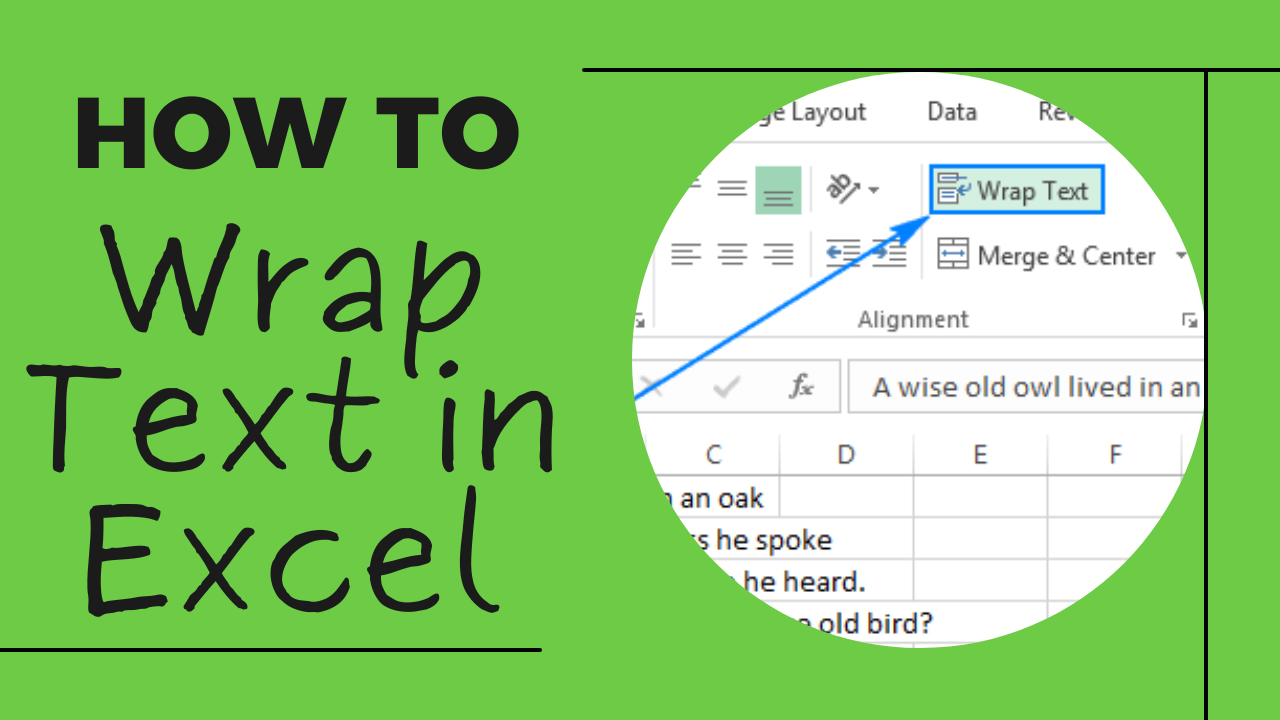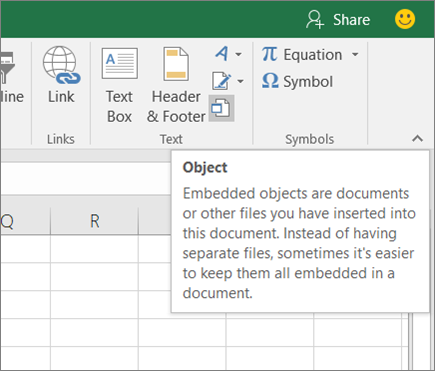Excel Number Summing Made Easy: Quick Guide

Mastering Excel's SUM function can significantly enhance your productivity and efficiency when dealing with numerical data. Excel, a powerful tool widely used in businesses and personal finance management, provides numerous functions to manipulate numbers. Among these, SUM is the most fundamental yet vital for performing quick calculations. In this detailed guide, we'll explore how to effectively use Excel to sum numbers, enhancing both your understanding and practical skills in this essential software.
Understanding the SUM Function
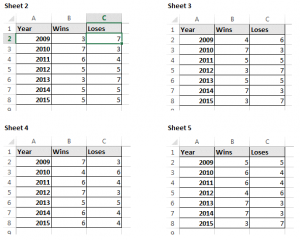
The SUM function in Excel is designed to add up a series of numbers or cell references. Here’s how it works:
- The basic syntax is =SUM(number1, [number2],…) where you can include up to 255 individual arguments.
- You can sum cell references, ranges, and even entire columns or rows.
💡 Note: Excel considers blank cells or text as zeros for calculation purposes with the SUM function.

Basic Usage of the SUM Function

To start summing numbers:
- Select the cell where you want the sum to appear.
- Type =SUM( into the formula bar.
- Select the range of cells or enter the numbers you want to sum.
- Close the parenthesis and press Enter.
Here’s an example:
=SUM(A1:A5) will add the values from A1 to A5.
Advanced Techniques for Summing Numbers in Excel

Beyond the basic summation, Excel offers a plethora of advanced methods to sum numbers:
1. AutoSum Feature
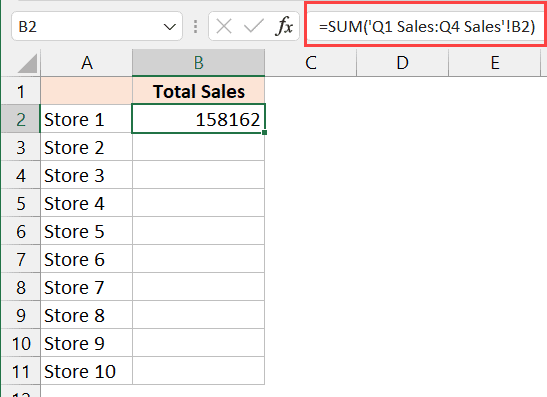
Excel’s AutoSum feature provides a quick way to sum numbers:
- Click on the cell where the sum should appear.
- Press the AutoSum button on the Home tab or press Alt + =.
- Excel will suggest a range to sum. Adjust if necessary and press Enter.
2. Summing with Conditions (Using SUMIF/SUMIFS)

If you need to sum cells based on conditions:
- Use SUMIF for single criteria, e.g., =SUMIF(range, criteria, [sum_range]).
- For multiple criteria, employ SUMIFS function, e.g., =SUMIFS(sum_range, criteria_range1, criteria1, [criteria_range2, criteria2],…).
💡 Note: SUMIF(S) functions are particularly useful for financial analysis or tracking performance metrics with conditions.
3. Dynamic Summing with Named Ranges and OFFSET

For a more dynamic approach:
- Create named ranges for the data you wish to sum.
- Use OFFSET to dynamically change the sum range based on changing criteria, e.g., =SUM(OFFSET(range, start_row, start_col, height, width)).
Summing Non-contiguous Cells
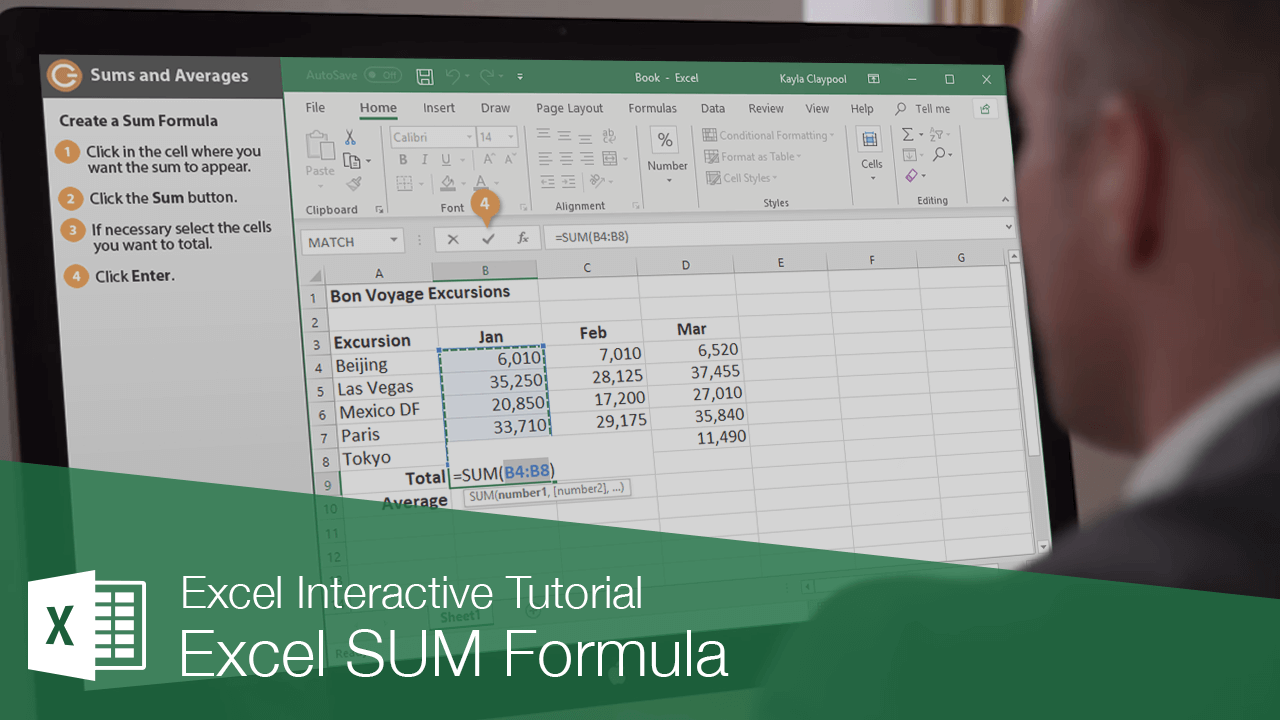
To sum non-adjacent cells or ranges:
- Enter each cell reference or range separated by commas, e.g., =SUM(A1, C1, E1:F5).
Here's a table demonstrating different ways to sum in Excel:
| Method | Example | Description |
|---|---|---|
| SUM Function | =SUM(A1:A10) |
Sums cells in the range A1 to A10. |
| AutoSum | Alt += |
Automatically sums adjacent cells. |
| SUMIF | =SUMIF(A1:A10, ">5", B1:B10) |
Sums B1 to B10 if the corresponding A cells are greater than 5. |
| Named Range | =SUM(Sales) |
Sums all cells in the named range "Sales". |

Practical Applications of SUM in Excel

Here are some real-world applications where the SUM function becomes invaluable:
- Financial Reporting: Summing sales figures, expenses, or budget allocations.
- Inventory Management: Calculating total stock levels or product quantities.
- Data Analysis: Aggregating survey responses or calculating totals from large datasets.
By leveraging these techniques, you can streamline your workflow and improve the accuracy of your financial analyses, reports, or any task involving numbers.
💡 Note: Excel has many built-in functions that can work in conjunction with SUM to provide powerful data manipulation tools.
The essence of mastering Excel's SUM function lies in understanding its versatility and application to real-world scenarios. From basic summation to more complex scenarios involving conditions and dynamic data ranges, Excel's SUM function can adapt to almost any numerical task you might encounter. Remember, practice is key to becoming proficient. Try experimenting with different methods and functions to find what works best for your specific needs. This comprehensive guide should empower you to harness the full potential of Excel, making number summing not just a task, but a streamlined and efficient process.
Can SUM function handle blank cells?

+
Yes, the SUM function treats blank cells or cells containing text as zeros in its calculations, so they are essentially ignored when adding up numbers.
How do I sum based on multiple conditions?

+
Use the SUMIFS function. It allows you to sum a range of cells based on multiple criteria, such as =SUMIFS(sum_range, criteria_range1, criteria1, [criteria_range2, criteria2],…).
What if I want to sum non-adjacent cells?

+
Include each cell or range reference separated by commas within the SUM function. For example, =SUM(A1, C1, E1:F5).
How can I make a SUM formula dynamic?

+
Use named ranges or functions like OFFSET. Named ranges can be referenced dynamically, and OFFSET can adjust the sum range based on changing criteria.
Is there a shortcut for summing numbers?

+
Yes, you can use the AutoSum feature by pressing Alt + = or clicking the AutoSum button on the Home tab to quickly sum adjacent cells.

